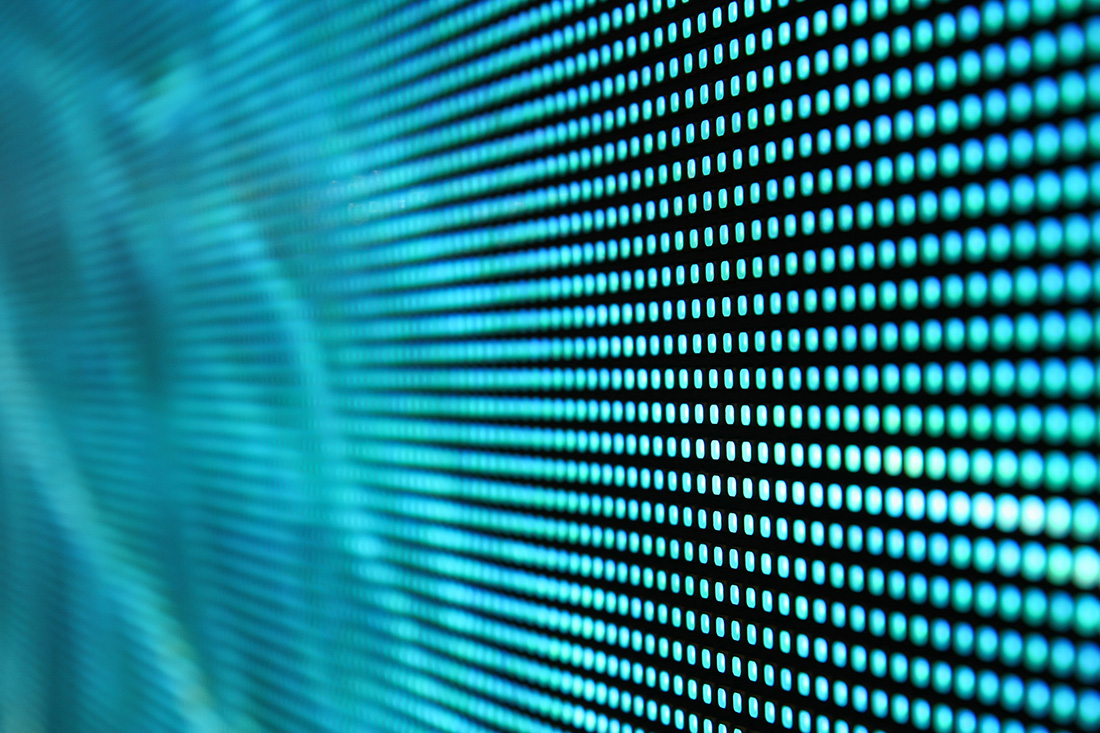
A frequent kind of LED display screen technology is the direct view Light Emitting Diode. Such technology uses separate LED units which are arranged near in proximity to form a large display. Directly viewed LED screens are recognized for their high brightness as well as lively colors, which makes them perfect for outdoor events and well-lit lit environments. These displays also have a broad sight angle, which indicating that people can view the display clearly at various locations. This makes directly viewed Light Emitting Diode walls a popular option for sports arenas and outdoor events.
A different kind of LED video screen solution is the LED-backlit LCD. Such solution merges traditional LCD displays and LED backlighting for improved brightness as well as hue precision. LED-backlit LCDs are often utilized in interior settings, such as shopping malls as well as meeting spaces. These displays provide excellent image quality while are typically more affordable than directly viewed LED walls. However, they may often function as effectively in bright environments, since the illumination can sometimes wash click for source out the colors.
Another thirdly choice is the OLED display screen. Organic Light Emitting Diode solution offers superior contrast and color depth in relation to alternative kinds of screens. Every pixel in an OLED screen emits its own light, enabling for genuine dark tones as well as lively hues. This makes Organic Light Emitting Diode display screens especially attractive for uses which demand high-quality visuals, such as art galleries or luxury shopping outlets. Nonetheless, Organic Light Emitting Diode solution can be costlier costly while may often be as bright as direct view LED walls, making it less suitable for outdoor applications.
Along with the aforementioned technologies, there are also multiple uses for Light Emitting Diode video walls. These displays can be utilized for promotion, entertainment, and data presentation. For instance, businesses commonly utilize Light Emitting Diode video walls for electronic advertising to attract customers as well as advertise products. Within amusement, they enhance the visual experience at concerts and gatherings, offering dynamic backgrounds as well as captivating visuals. In business environments, LED video screens can be utilized for presentations, visual meetings, and training sessions, aiding to communicate information through a aesthetically appealing way.
To summarize, LED video screens come in various types, each with its unique benefits and uses. Directly viewed LED walls are ideal for outdoor use, whereas LED-backlit LCDs are more appropriate for indoor environments. Organic Light Emitting Diode video walls offer exceptional visual clarity but may be at a greater cost. Grasping the differences differences can assist organizations make knowledgeable decisions about the best kind of Light Emitting Diode display screen most meets their requirements, whether for advertising, amusement, or business applications.